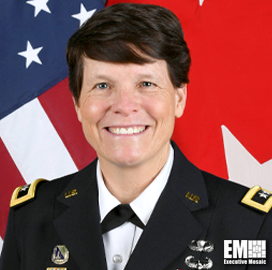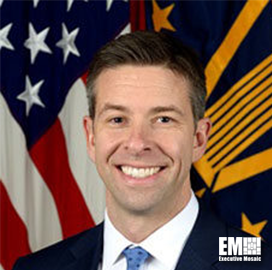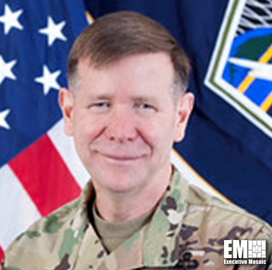Karen Evans, chief information officer at the Department of Homeland Security (DHS), said DHS is merging its security and network operations centers to keep systems operational as analysts respond and investigate a cyber incident, FedScoop reported Wednesday.
“It’s not just consolidation for consolidation’s sake,” Evans said Wednesday during an ACT-IAC event. “It’s the next evolution of providing and managing risk to keep the business going while we are then analyzing, being aware of and being able to protect our operations.”
She said DHS is considering ways how to staff the newly formed network operations security center with federal and contract employees. Evans also provided updates on the Continuous Diagnostics and Mitigation program and Cybersecurity Talent Management System in relation to NOSC.









